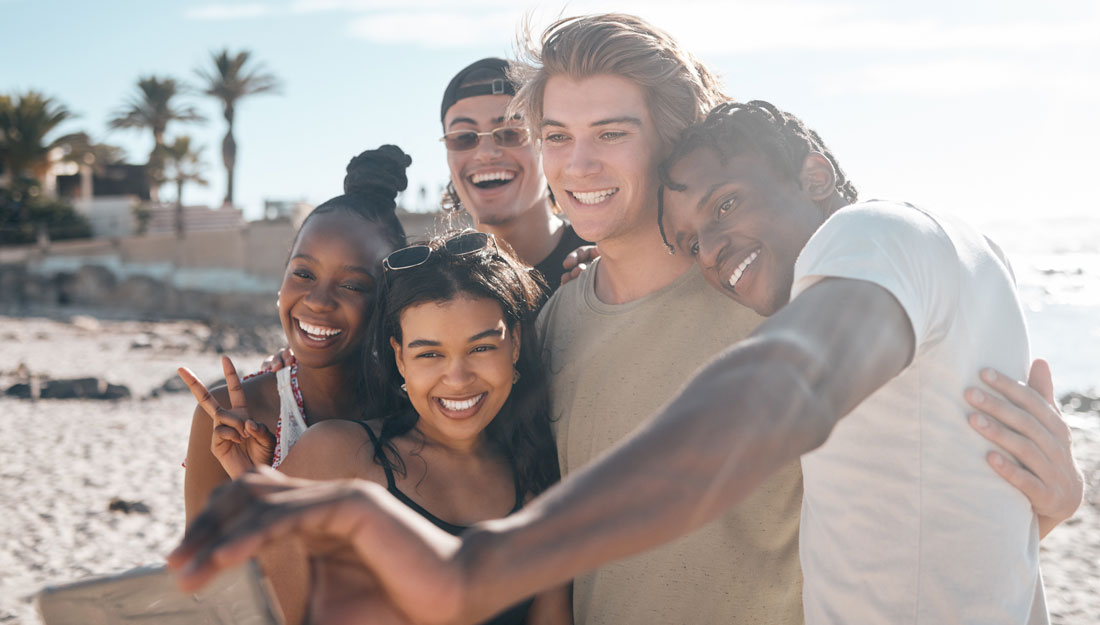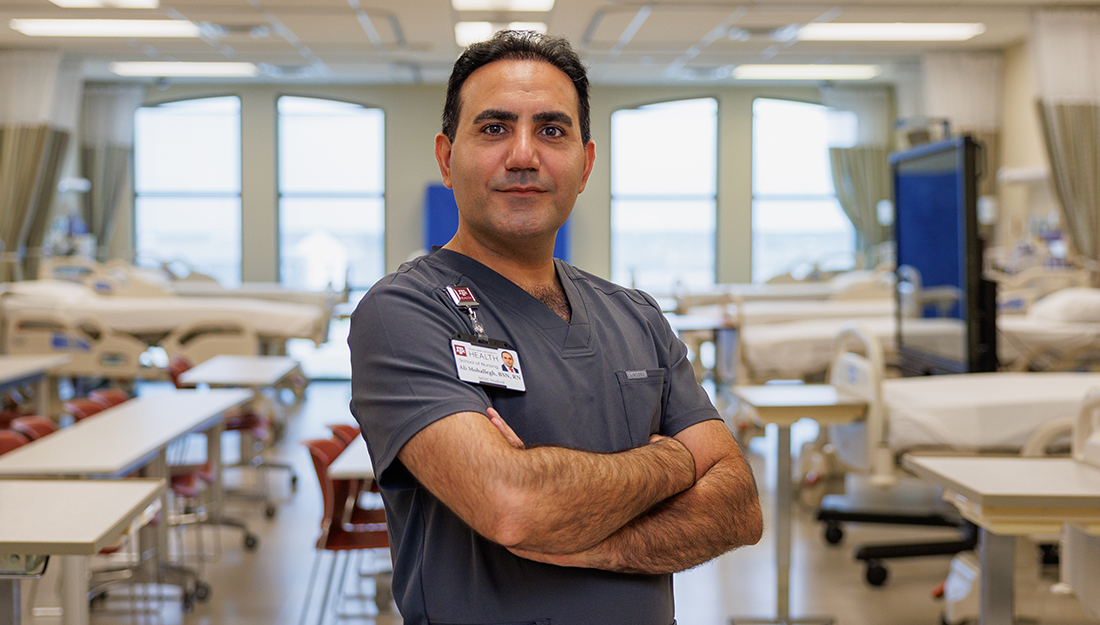Inaugural class enjoying opportunities
(COLLEGE STATION, TX) — With a nursing shortage and large existing population of nurses who are aging and ready to retire, it is crucial to increase the number of registered nurses in Texas. And, the Texas A&M Health Science Center is meeting that demand through its new College of Nursing.
From clinical experiences and health care disaster relief to simulated studies and hands-on patient care, HSC-College of Nursing students are preparing to fill the ranks of their predecessors. The college’s learning environment offers flexibility, small classes, simulation labs and clinical settings.
Nursing student Merinda Achgill of St. Petersburg, Russia, enjoys the flexibility of the program since it is so new.
“It’s hard when the schedules are changing so often, but the professors are very cognitive of our changing needs,” she said.
Along with flexibility, Steven Schulze of Spring, Texas, likes the benefits from a small class size.
“It’s easier to get attention when you need it,” he said. “They (the faculty) all know your name, and they’re easy to approach. They come out looking to help you.”
Not only does small class size increase cohesion among the nursing students, but it also allows professors to spend more one-on-one time with each student. With some students having previous experience at programs in bigger colleges, this luxury does not go unappreciated.
Lana Smith from Groves, Texas, said, “I can’t imagine having a nursing class of 150 and not knowing anybody. It’s so important to be comfortable.”
Besides access to their professors, the first-year class of the HSC-College of Nursing had a one-of-a-kind opportunity for hands-on experience. When Hurricane Ike hit Texas in September 2008, many evacuees were transported to Texas A&M University’s Reed Arena for shelter and health care.
The nursing students performed a variety of tasks ranging from feeding and giving baths to changing out oxygen tanks and checking vital signs as well as blood glucose levels. They also changed wound dressings, assisted in lifting and moving patients, and, at times, simply listened and talked to evacuees.
Carolyn Saunders from Little Elm, Texas, was moved by the crucial clinical experiences.
“Each small victory in a patient’s care felt like such a huge accomplishment,” she said. “I learned to truly care about a patient while I’m caring for a patient.”
Like most nursing students, Steven Schulze says it was an experience he’ll never forget.
“I know when school gets hard and I feel overwhelmed, I will remember this day and know I chose the right profession,” he said.
After Hurricane Ike, the nursing students were ready for more hands-on experiences, including “check offs” in a lab populated by computer-simulated manikins. Schulze said while talking to manikins as if they are living patients can seem silly at times, the students see the simulations as invaluable.
His classmate, Merinda Achgill, was amazed by the simulations.
“We get to act as a team, and it solidifies skills so much better than just looking at PowerPoint (presentations),” she said.
Once nursing students master their skills in the simulation lab, they move to clinical settings.
Emily Shield of Bay City, Texas, said all of her clinical experiences have been “so rewarding” – “I get to help people each and every time I go. What could be better?”
Of course, alongside these exciting opportunities are long days, endless reading and intense testing. Still, the first class of HSC-College of Nursing students agrees they wouldn’t have it any other way.
Martha Teke of Frisco, Texas, sums it up as a life-changing experience.
“Nursing school is truly a change in mind and heart,” she said. “A change in mind in that you spend more time critically thinking, and a change in heart in that you joyfully put others before yourself.”
Media contact: media@tamu.edu


